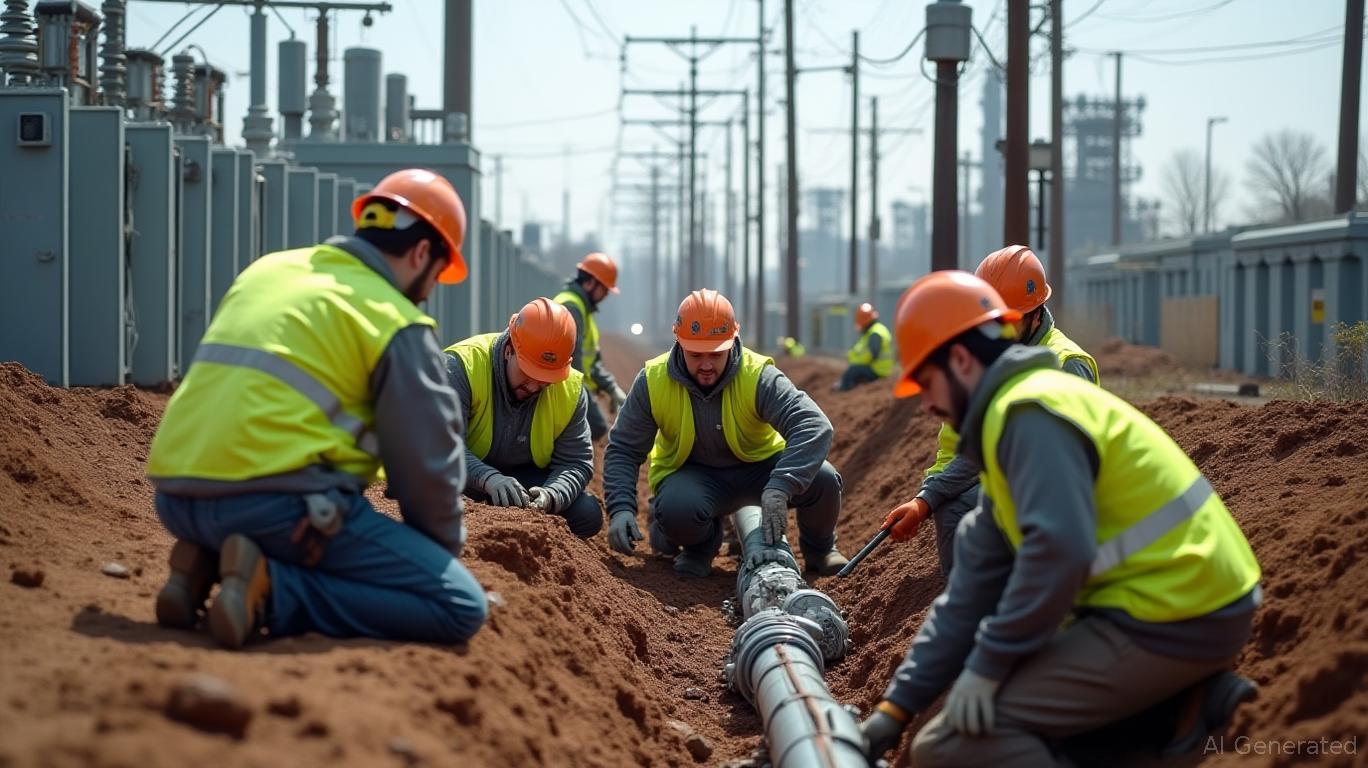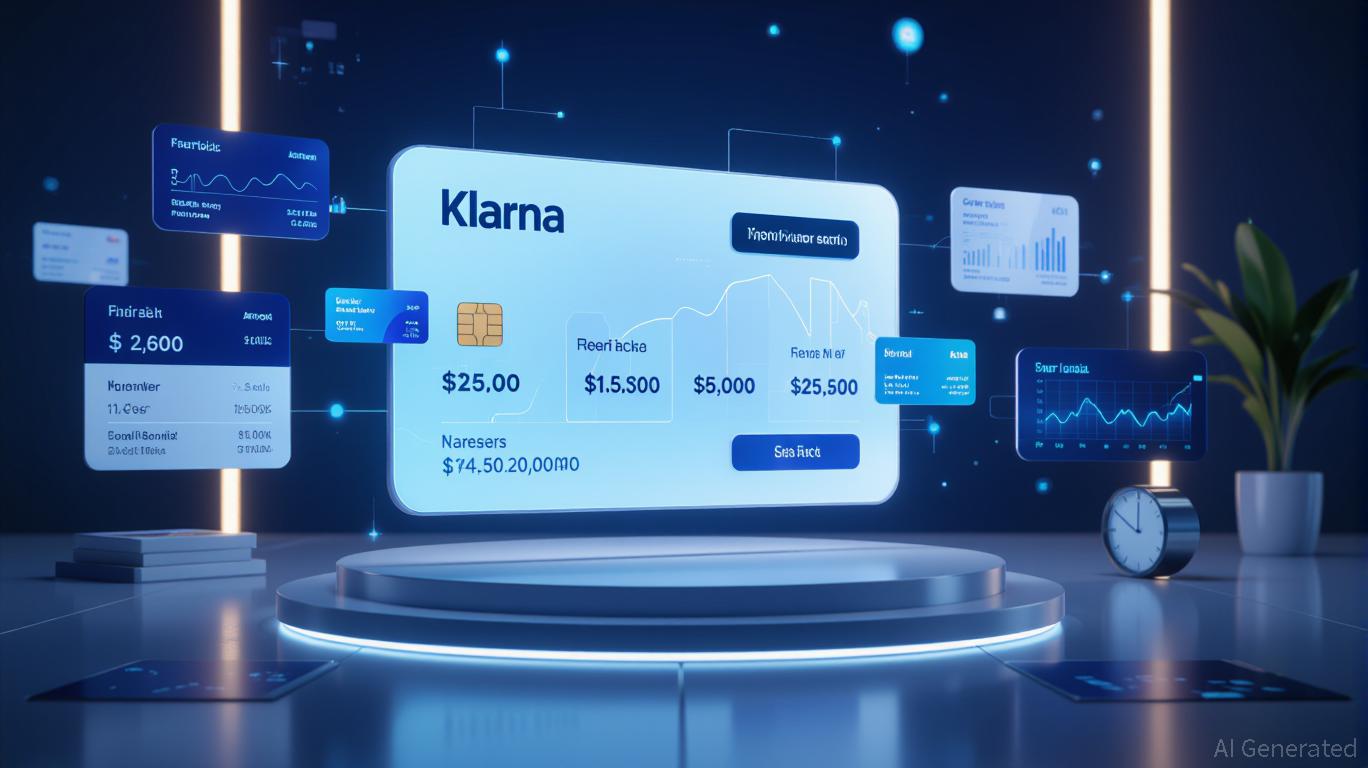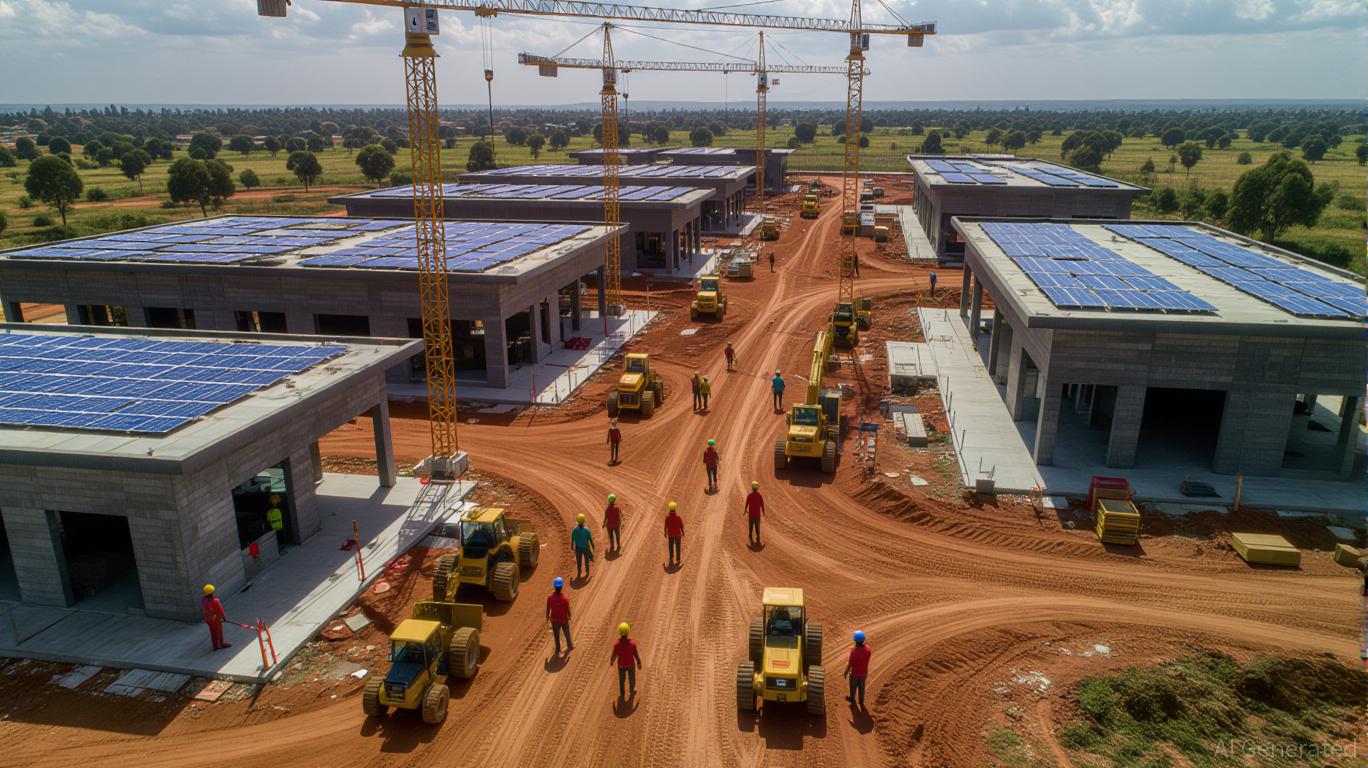AInvest Newsletter
Daily stocks & crypto headlines, free to your inbox
The energy transition is reshaping utilities, but few companies exemplify the path to long-term stability better than
(ED). As the New York City-area utility invests $21 billion over three years to modernize its grid, its success hinges not just on infrastructure spending but on its ability to secure regulatory support and maintain dividend resilience. For investors, this offers a rare blend of growth and predictability in an otherwise volatile sector.
The Regulatory Anchor
Con Edison's infrastructure plan, approved by the New York State Public Service Commission (PSC), is a masterclass in regulatory alignment. The PSC's 2024 approval of $636 million in electrification upgrades—part of a broader $21 billion commitment—ensures that capital investments are tied to state climate goals, such as achieving 100% clean energy by 2040. This alignment is critical because it shields the utility from the kind of regulatory pushback that has plagued peers in deregulated markets.
The PSC's “proactive grid planning” approach, which requires utilities to account for electrification demand at the local level, reduces uncertainty around cost recovery. For example, projects like the Brooklyn Clean Energy Hub—designed to integrate renewables and support EV charging—are explicitly tied to New York's climate mandates. This framework ensures that rate hikes, while substantial (11.4% for electricity in 2026), are justified as necessary for public good, not corporate greed.
Dividend Resilience: A Test of Regulatory Discipline
Con Edison's dividend track record is a key selling point. The company has increased its dividend annually for 45 consecutive years, a streak that survived Superstorm Sandy, rising inflation, and now the $21 billion modernization push. This resilience stems from two factors:
However, risks remain. A delayed rate approval or a public backlash against bill increases could pressure the dividend. The PSC's willingness to redirect property tax revenue toward low-income bill relief (a proposal under discussion) could mitigate this risk, but it hinges on political will.
Investment Takeaways
- Buy for Income and Stability: Con Ed's dividend is a pillar of its appeal. With a payout ratio of ~60% (below the 70% threshold that often triggers cuts), there's room to grow even amid rising capital expenditures.
- Monitor Regulatory Momentum: Track the PSC's final decision on 2026 rates (expected Q3 2025). A multi-year settlement—where rate hikes are phased over three years—would reduce customer sticker shock and ease equity market volatility.
- Consider Climate-Driven Growth: The grid modernization isn't just defensive. Projects like the Queens substation complex and EV infrastructure are creating long-term demand from businesses and municipalities, which could boost top-line growth.
The Bottom Line
Con Edison's modernization is a bet on regulatory support and climate-driven demand. For investors seeking income and stability, it's a compelling play—if you can stomach short-term bill-related volatility. With a solid track record and a state mandate as its ally, this utility is building a grid—and a dividend—that should endure for decades.
Investment Grade: Hold for income; accumulate on dips below $80/share pending rate clarity.
Tracking the pulse of global finance, one headline at a time.

Sep.11 2025

Sep.11 2025

Sep.11 2025

Sep.11 2025

Sep.11 2025
By continuing, I agree to the
Market Data Terms of Service and Privacy Statement
Daily stocks & crypto headlines, free to your inbox
Comments
No comments yet